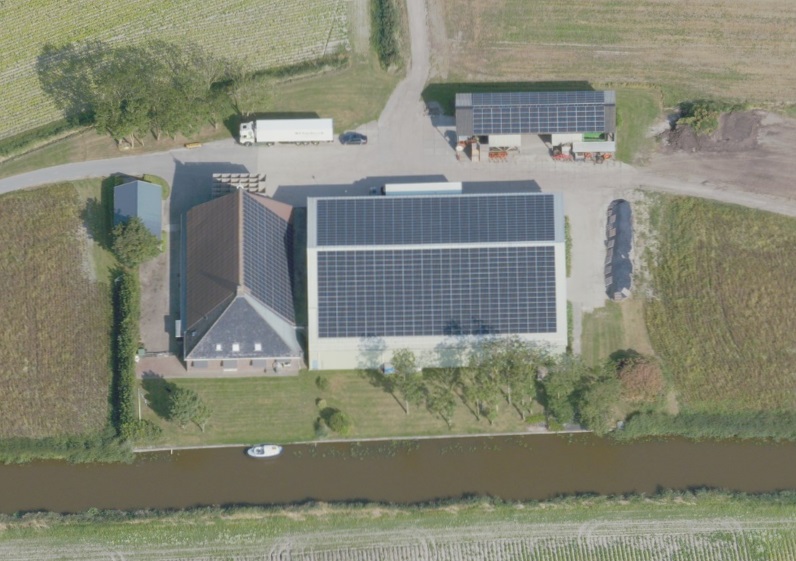General
Sweden, located in Northern Europe, covers an area of approximately 450,000 square kilometers, making it the fifth-largest country in Europe. Sweden has one of the lowest population densities in Europe, with an average of around 25 inhabitants per square kilometer. This is due to the vast areas of forests, lakes, and mountains that characterize the country.
The terrain in Sweden varies significantly, ranging from fertile farmlands in the south to rocky and mountainous regions in the north. About 69% of Sweden’s land area is covered by forests, playing a crucial role in the country’s economy and ecology.
The capital of Sweden is Stockholm, a vibrant city located on the country’s east coast, spread across fourteen islands. Stockholm is known for its historical charm, stunning architecture, and cultural diversity and serves as the political, economic, and cultural hub of Sweden.
Overall, Sweden is characterised by its expansive landscapes, rich natural resources, and a high standard of living, making it an attractive destination for both residents and visitors.
Agriculture
In Sweden, farms are mainly family-owned businesses. The cooperative system, covering sales, procurement, and credit provision, is well-developed, with three-quarters of agricultural production being processed or marketed through cooperative organizations. Despite only 7.5% of the land being economically usable, Sweden manages to meet 80% of its domestic food needs, which is highly valued by citizens who place great importance on locally sourced food. Milk consumption is high, at 374 kilograms per person per year, and agricultural regulations are generally less strict than in some other countries.
Dairy farms
Dairy farms are spread throughout Sweden, especially in the south, along the coastline of the Gulf of Bothnia, and along river valleys. These farms focus not only on dairy production but also on beef, pork, poultry, and sheep, with animal welfare being an important consideration. The average dairy farm has 94 cows, with an annual average milk production of 9,996 kilograms per cow.
In southern Sweden, various crops are grown, such as grains, sugar beets, and beans, while in the central region, grain is mainly cultivated, and in the north, fodder crops are grown.
Starting farmers
Starting farmers are in a favorable position, as land prices are relatively low and there are no production quotas. The best land is found in southern Sweden, with prices ranging from €25,000 to €36,000 per hectare. In other areas, prices vary between €8,000 and €25,000 per hectare, depending on factors such as location and plot size.
Pig farming
The pig farming industry in Sweden is stable and has a strong domestic market, with an average farm housing 825 pigs. A major difference compared to the Netherlands is that in Sweden, sufficient affordable land is often available for self-sufficient feed production, providing a solid foundation for the sector.
Climate
Like neighbouring Norway, Sweden is influenced by the warm Gulf Stream. This results in a significantly higher average annual temperature compared to regions at the same latitude, such as Northern Russia, Alaska, and Greenland. The south experiences a pronounced maritime climate due to the Gulf Stream, and this region receives more rainfall than the rest of Sweden. When it snows, the snow does not often stay for long, and the ports remain ice-free. The south enjoys four to five summer months, the central region three to four, and the north one to three. The west coast between Malmö and the Norwegian border receives the most rain, around 700 mm per year, while eastern Sweden receives only 300-400 mm annually.
Sweden is also home to two unique natural phenomena: the midnight sun and the northern lights. The midnight sun is a popular attraction for many travelers. The further north you go in the summer, the longer the sun stays above the horizon without setting.
Social affairs
Sweden places a high value on social issues, including education and equality. The Swedish education system is extensive and of high quality. Children typically start primary school at the age of six, which is compulsory and free for all residents. After primary school, students move on to secondary education, which is offered at various levels, including academic and vocational tracks.
Free higher education
A notable feature of Sweden’s education system is the principle of free higher education for students, regardless of nationality. This applies to both universities and colleges. Students generally do not pay tuition fees but may incur costs for living expenses and study materials.
Religion
Although Sweden has historically been a predominantly Lutheran nation, it has undergone significant secularisation in recent decades. Today, Sweden is one of the most secular countries in the world, with a large portion of the population identifying as non-religious or unaffiliated with any particular religion. Nonetheless, there are still Lutherans and small minorities of other religions, such as Islam, Roman Catholicism, and Judaism, practiced in the country.
Overall, Sweden is known for its strong social welfare system, including educational provisions and policies on equality, making it a progressive and inclusive society.


